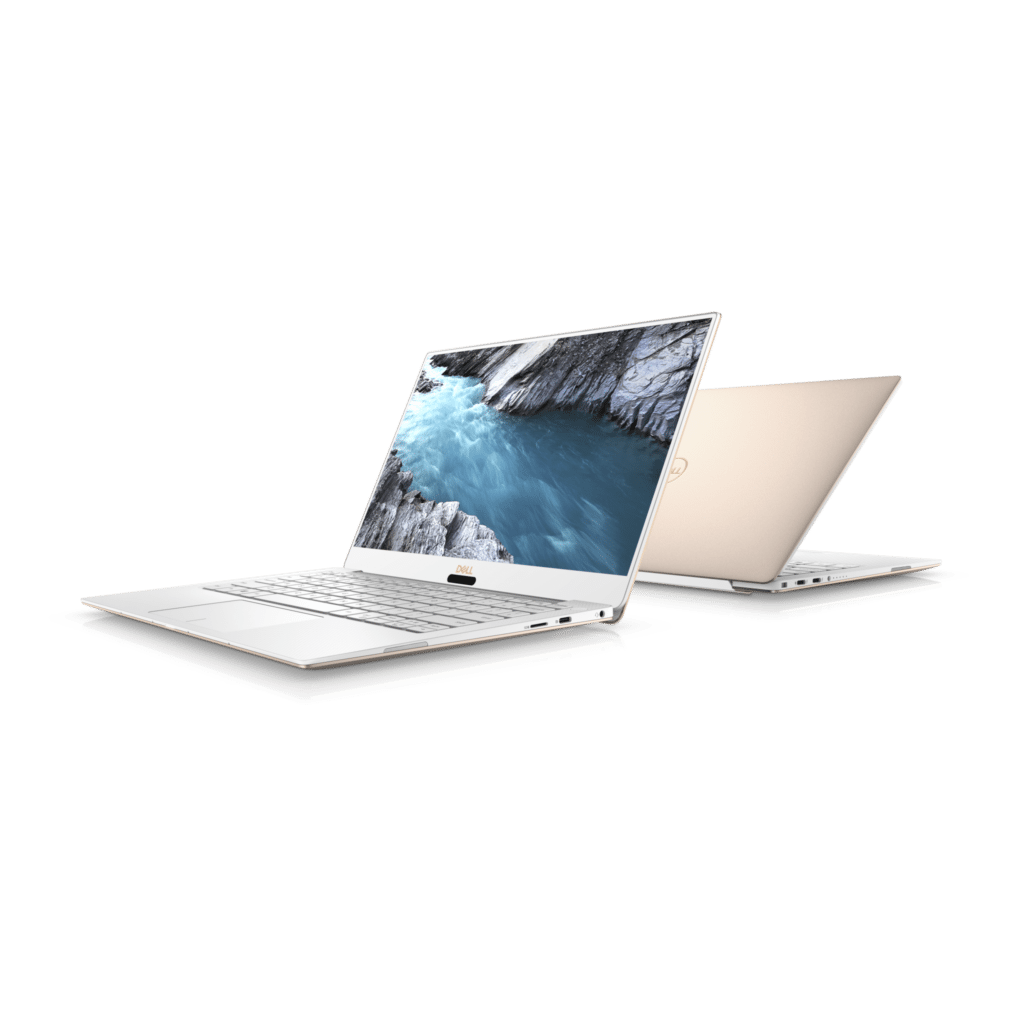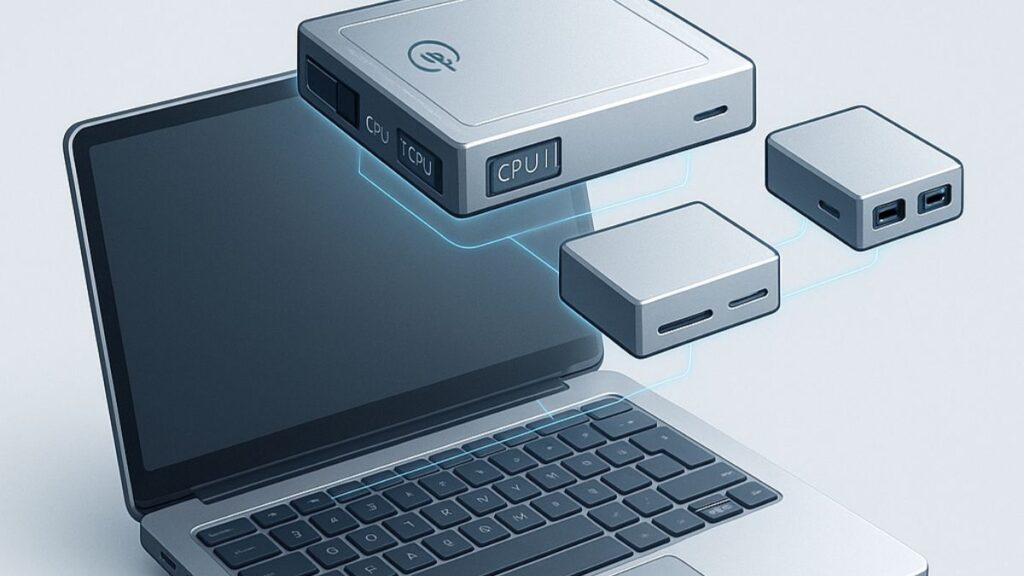I attend a dozen or so IT industry conferences annually and the Consumer Electronics Show (CES) is easily the most over the top in terms of people, products, stylish substance and market hype.
That’s partly due to the sheer size of the event. Toss together tens of thousands of vaguely like-minded people in an environment like “Sin City” and oddities are bound to happen. But CES’ sponsor, the Consumer Technology Association (CTA) and its executive leadership also has a hand in the matter, especially when it comes to hype.
Consider that it only takes a couple of keynotes and press conferences to realize that a smidge below its glittery surface, CES is a constant hunt for the “Next Big Thing”. That’s no surprise in an industry so exquisitely tuned to consumer whims. But the desperate search for game-changing commercial relevance can lead to extravagant claims about products and trends that stink well before their sell-by date.
Need examples? How about the unending hype around 3D TVs from 2010-2012? The CTA wishes you’d forget about it and concentrate instead on hot 2018 trends, like self-driving cars, AI and smart home devices.
Breaking through consumer/business barriers
I’m occasionally asked why, given my primary focus on business tech, I bother with CES. There are two reasons. First, the barriers between consumer and business IT have never been thinner than they are today, meaning that much of what’s in play at CES will eventually wend their way into the consciousness of businesspeople.
Second, since consumer-focused technologies depend on largely transparent data center services, the devices that do find their way into workplaces will inevitably impact the IT departments in companies around the world.
In other words, what happens in Vegas at CES definitely doesn’t stay in Vegas.
CES can also be valuable for the insights it offers on specific vendors’ upcoming plans and strategies. This year, I was particularly struck by the depth of Dell’s new/updated products and software innovations, and the breadth of its global market vision. Following are a few thoughts on those subjects.
Engineering excellence
Since Michael Dell returned to his company’s CEO position in 2007, Dell has made substantial investments in product design and development. That has resulted in powerful, stylish new solutions and significant advances in related areas, like materials science.
Those points were clearly apparent in the first gen XPS 13 laptops Dell launched at CES 2012 which aimed to take on/take down Apple’s vaunted MacBook Air (they did), and incorporated advanced carbon fibre materials that both reduced weight and improved heat dissipation. Since then, the XPS 13 line has been massively successful, won numerous plaudits (including multiple CES Innovation awards), and helped spark Dell’s ongoing gains in global PC market share.
The line also continues to provide a foundation for new materials innovations, including the new Rose Gold with Alpine White woven glass fiber option introduced at CES 2018. The new laptop is visually and tactilely stunning but also offers other advances, like GORE Thermal Insulation for diffusing and dissipating heat which also enhances the flexibility of Dell’s Power Manager.
In addition, many of the same features and capabilities incorporated in last year’s XPS 13 2-in-1 have been extended to its bigger brother in the new XPS 15 2-in-1. Dell calls it the “thinnest, smallest 15.6 inch 2-in-1 available” which seems reasonable. But the new system packs-in enough graphics horsepower to handle content creation apps, process huge files and play AAA games. In other words, the new XPS 15 2-in-1 is a great option for both work and/or play, a point that will warm the hearts of many creator customers.
Mobilizing Latitude
Dell also added new features and innovations to its Latitude business notebooks, fully refreshing the line with the latest dual-core and quad-core 8th Gen Intel Core vPro 15W processors. As a result, new Latitude solutions offer performance and productivity boosts that make them easier than ever for IT to manage and secure with encryption applications, malware scans and other background checks and tests.
The refreshed line also sports what Dell calls “hidden” innovations. For example, the Latitude 7490 incorporates an active steering antenna that enhances WiFi range, speed and connection reliability. It also offers a full HD, super low power display that notably reduces power consumption, a bright point for many mobile end users.
Finally, the company introduced what it says is both the world’s most compact Thunderbolt 3 storage device and one of the market’s fastest portable drive solutions: the new Dell Portable Thunderbolt SSD (available in 500GB and 1TB versions).
Dissolving PC/phone barricades
One of Dell’s more intriguing CES announcements focused on its new Mobile Connect technology for integrating smart phone and notebook functions.
How does the Mobile Connect work? First, a user downloads the appropriate smart phone app from either the Apple Store or Google Play, connects his/her phone to the PC via Bluetooth and WiFi Direct and activates the Mobile Connect application.
Once the secure connection is established, the phone’s apps and data are mirrored to the notebook, enabling users to access and control apps with keyboard, mouse and touch functions. You can also see and control the notifications that come in to your phone and screen, take and make calls, and send texts using the PC. The phone’s data remains on the phone and is only accessible on the paired PC while the phone is within range.
Why do I believe Dell Mobile Connect is a big deal? Because it largely dissolves the barriers that Apple and Google have carefully built between their mobile (iOS and Android) and desktop (MacOS and Chrome) environments. That irritates many end users who would like to see greater integration between their heterogeneous devices.
That point isn’t lost on Apple and Google, and rumors have circulated for years that either or both companies might eventually address their self-imposed problems. But with Mobile Connect Dell has elegantly rendered the issue largely irrelevant. You want integrated phone/PC functions? You got it, at least if you own a Dell notebook or desktop.
Final analysis
Some folks may be unimpressed by or unenthusiastic about Mobile Connect, considering it a fix for what is, at best, a minor problem. But with global consumers seeking out more seamless personal computing experiences and increasingly individualized products, it’s difficult to quibble with Dell’s broader market vision.
Such efforts also fit well in Dell’s strategy of developing standout features for premium products and platforms that eventually migrate across the rest of its portfolio. As an example, the carbon fibre composite originally developed for the XPS 13 now enhances most all of the company’s mobile solutions, including Dell’s hefty Rugged Latitude notebooks and tablets.
Over time, I expect we’ll see the company make similar use of the Alpine White woven glass fiber offered optionally in the updated XPS 13 line, along with its other technological enhancements.
As it has in past years, Dell used CES 2018 as a launch pad for both the enhanced value it is delivering to many customers today, and innovations even more of them will enjoy tomorrow. That seamless melding of short- and long-term vision is hardly a new thing for Michael Dell and company, but it remains elusive for many or even most of the companies that attended CES 2018.
- Dell Concept Luna – Inspiring Sustainable Innovations with Circular Design - December 21, 2023
- AI Alliance: IBM, Meta, Dell and 50+ Founding Partners Pursue Open, Transparent and Safe AI Innovation - December 13, 2023
- Dell Technologies: Creative Partnering = GenAI Innovation - November 30, 2023




Comments are closed.